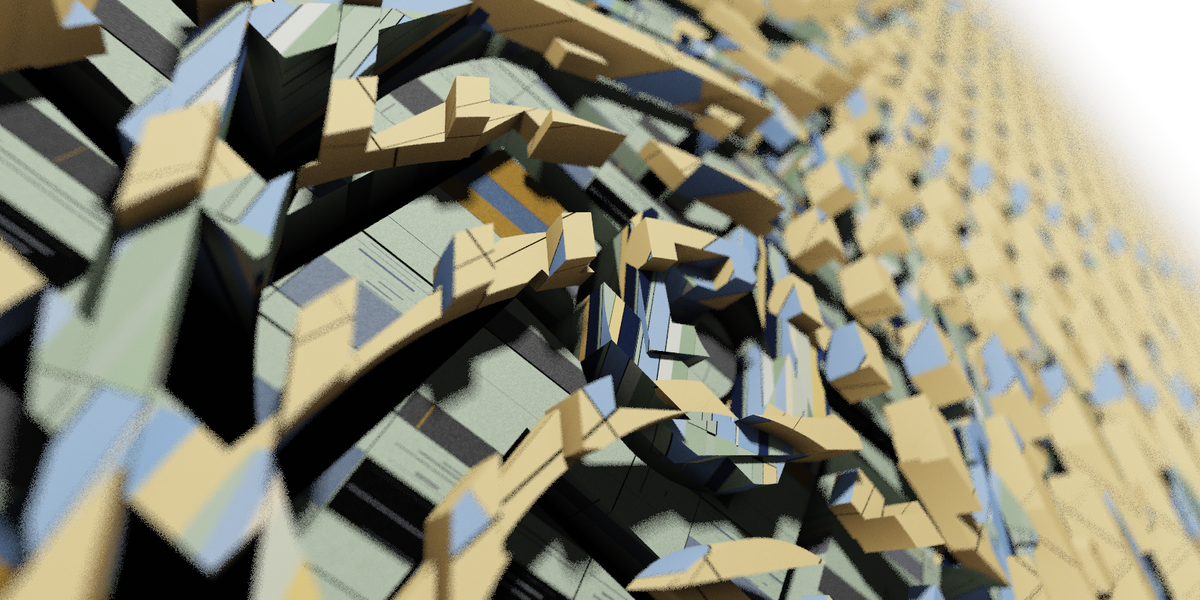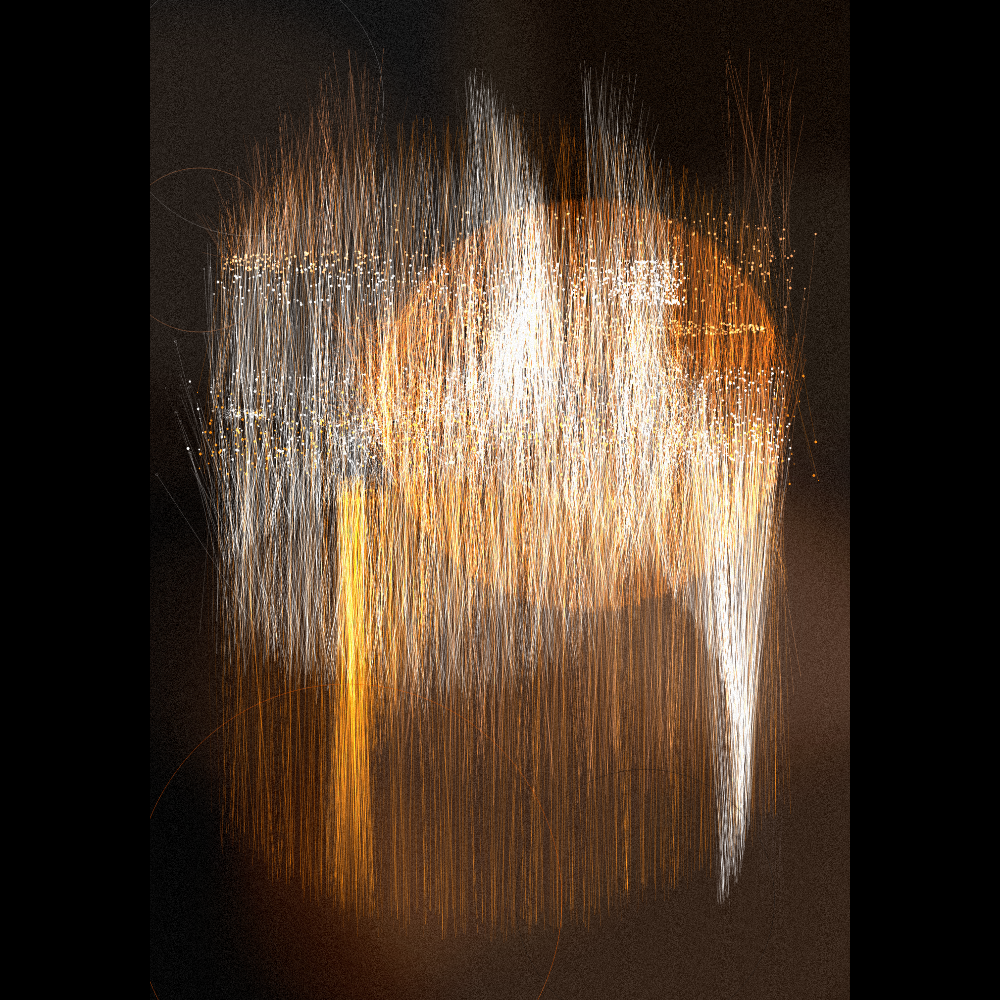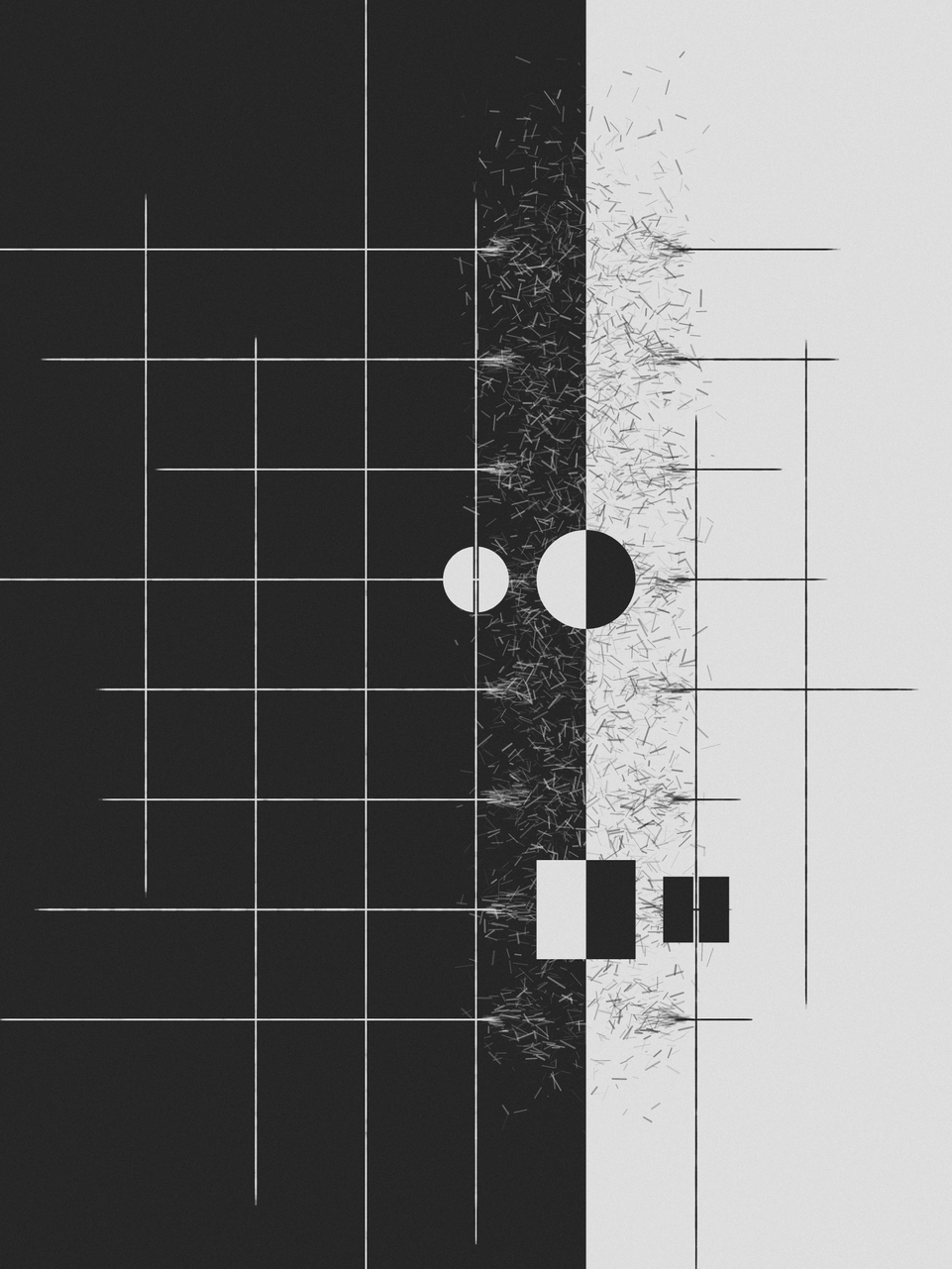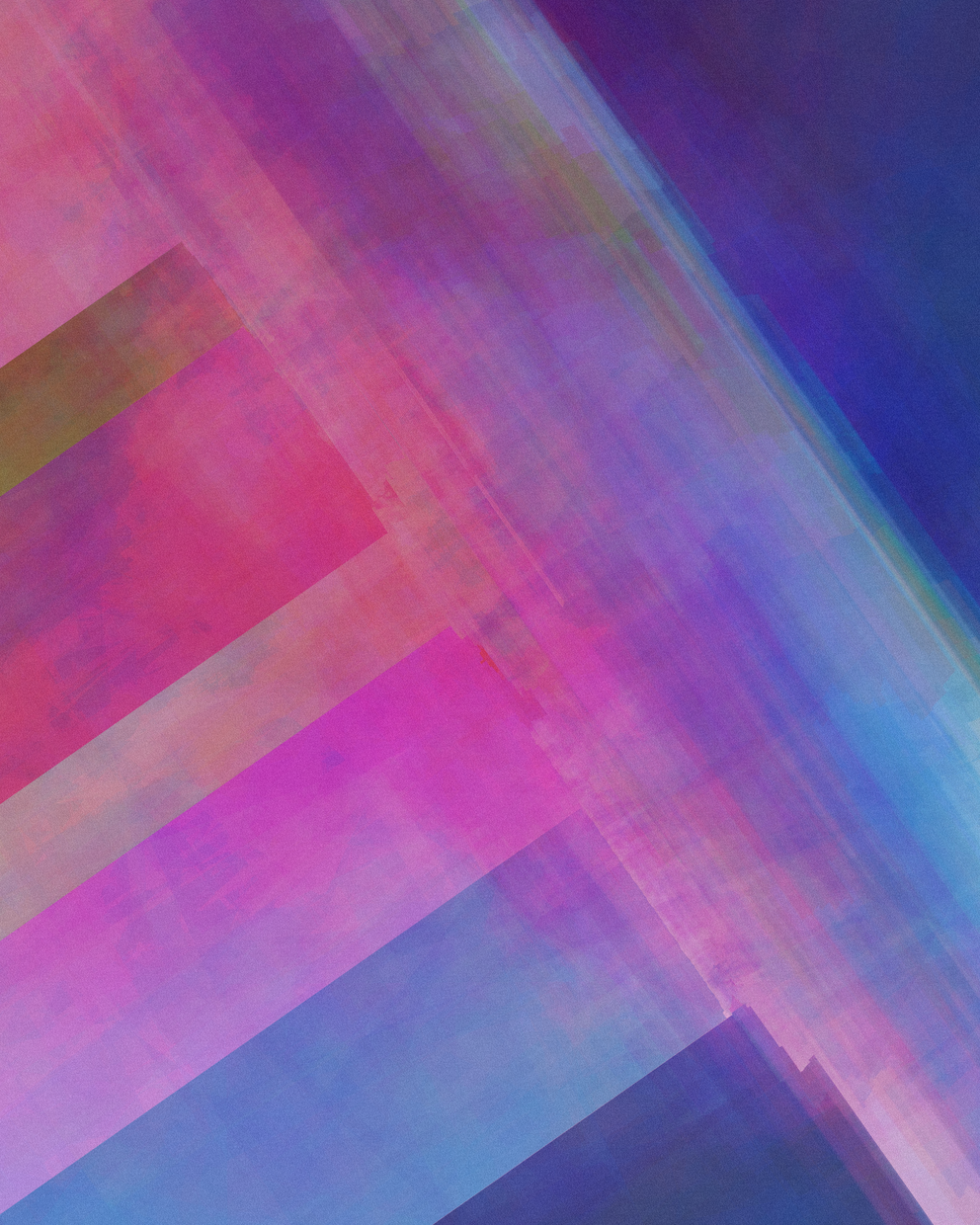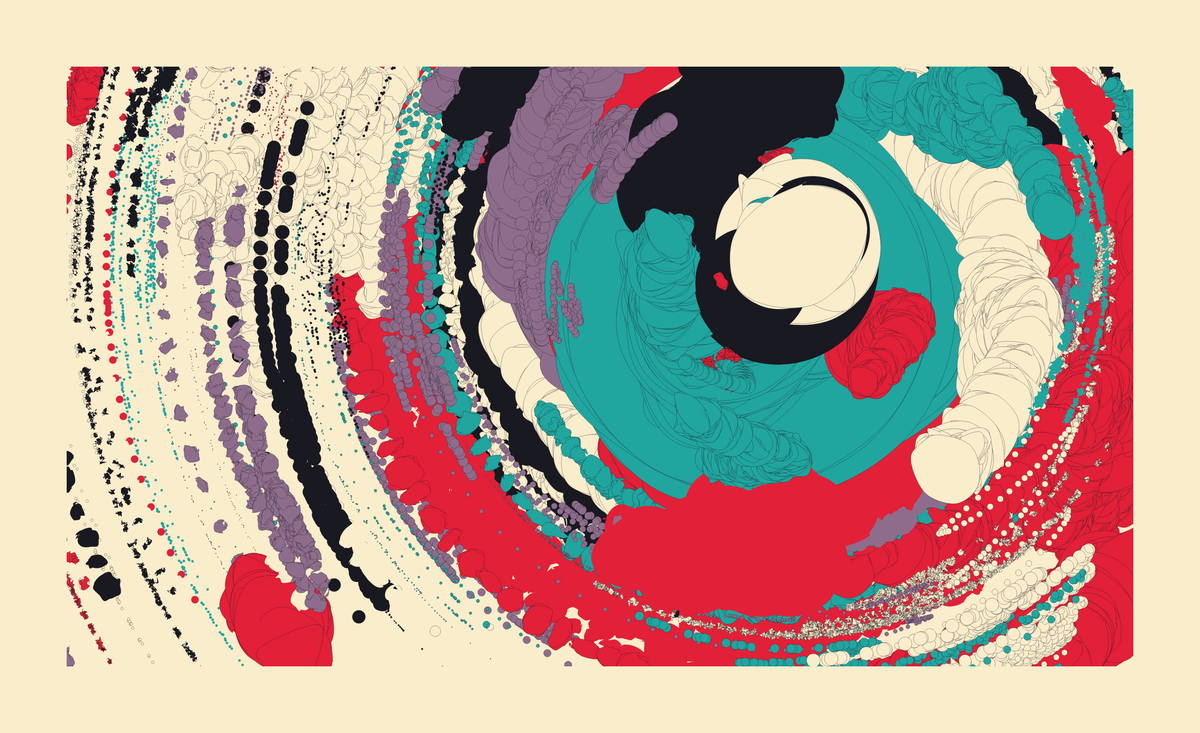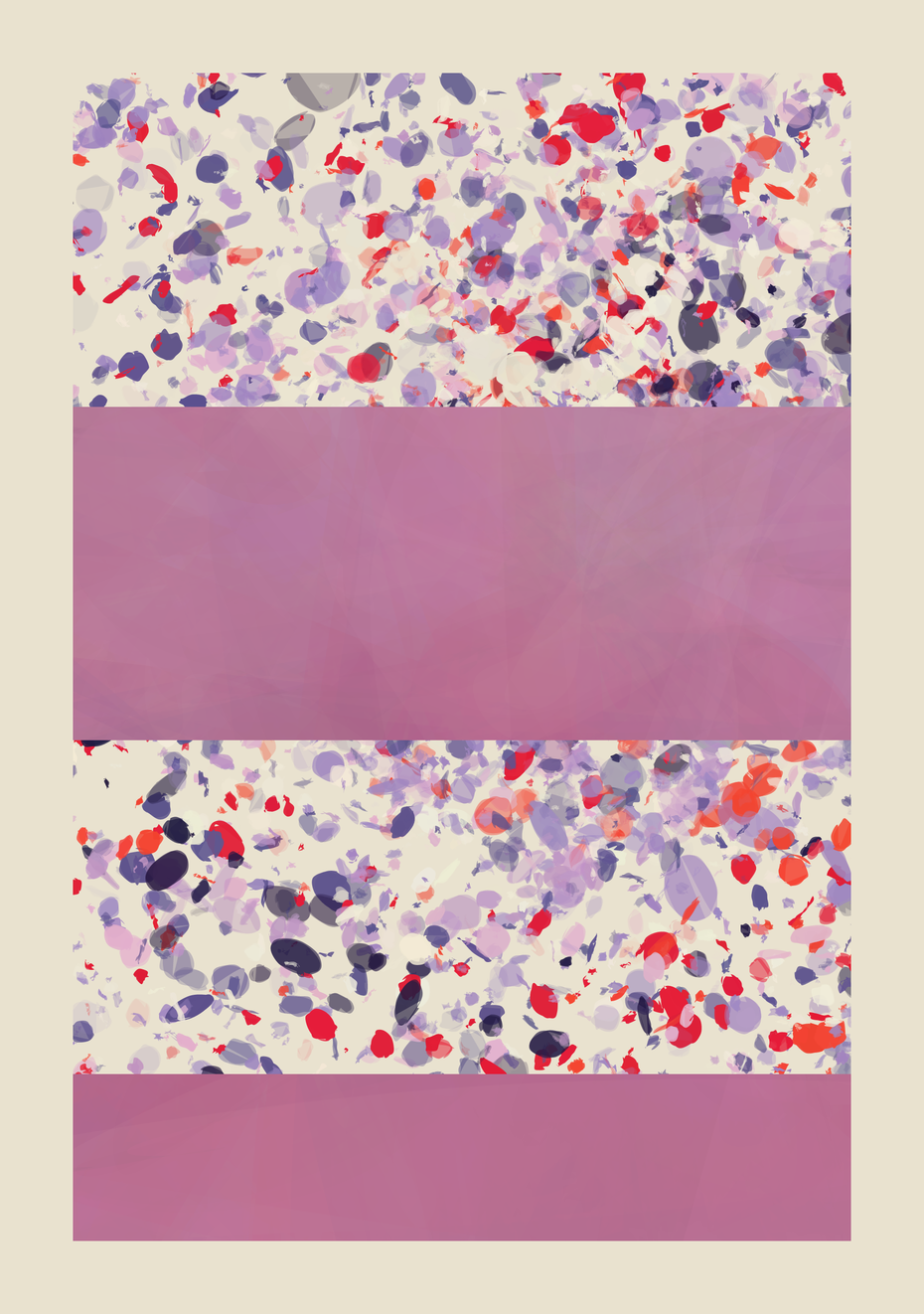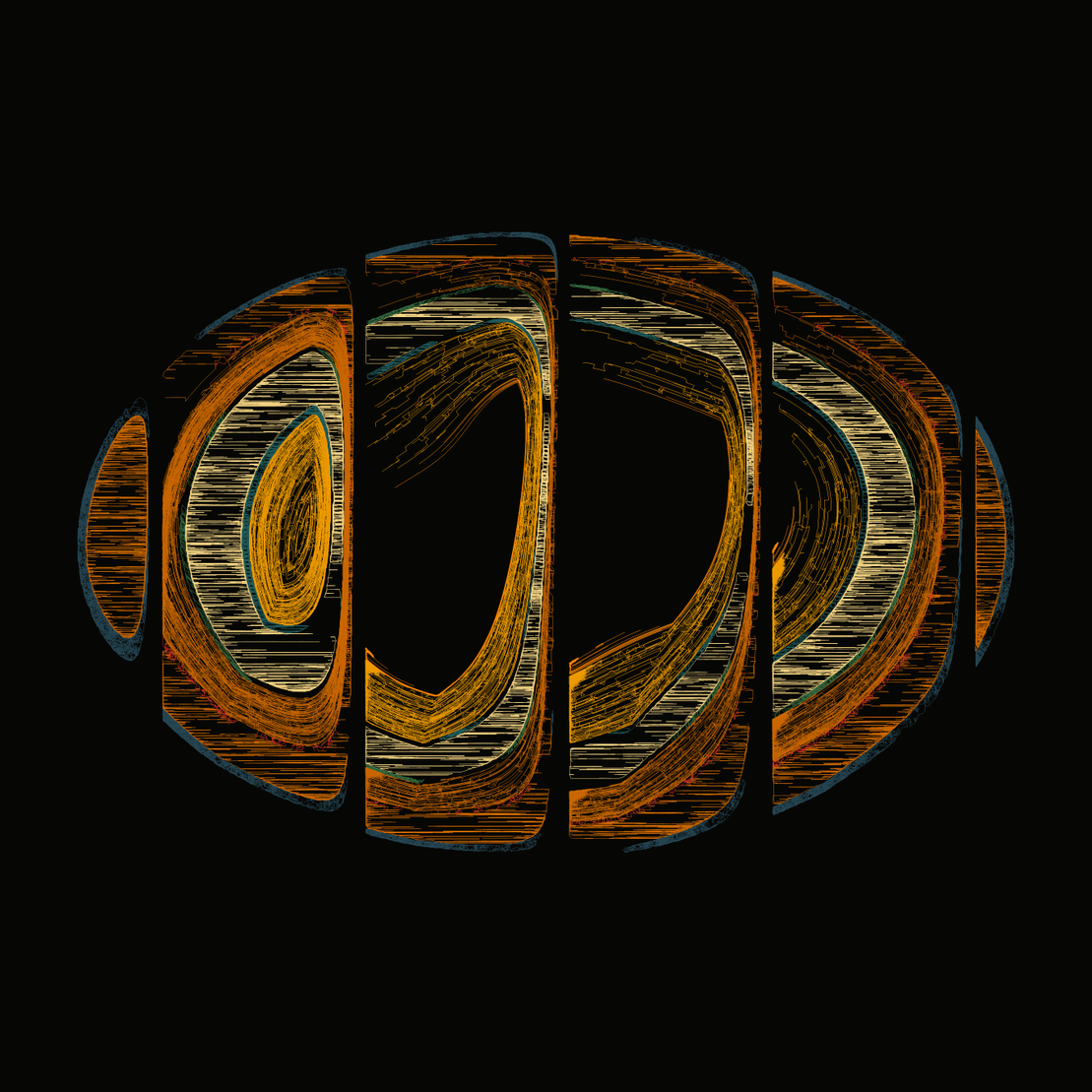
Hello, I am Collapsar Beauty
written by Collapsar Beaut...
Hello, I am Collapsar Beauty.
Nice to meet you, fxhash! I think now it’s time to introduce myself (but still without losing my pseudonymity, sorry), tell who I am, and how I met generative art.
First of all, I am a longtime programmer. I started my first experiments with Pascal and C++ languages when I was 10 or 11, and have been working as a software engineer for a living for the last 15 years. My first positions were about embedded and real-time systems, then I switched to more user-facing things like mobile apps for various platforms.
For the most part of my life, I thought about myself that I’m not a creative person in general meaning at all. On one hand, it was true, I knew nothing about art and design, neither classic nor modern. Occasionally I visited some art exhibitions, but as social events without understanding what was going on. On another hand, I saw the beauty in good code and systems design and thought that creating software is a true act of creativity. The pivoting point for me was in 2019 when I saw ‘Abstract: The Art of Design’ on Netflix.
Since this moment I’ve been trying to pay much attention to the design of things, their history, their creators, why they look and feel so, and what intentions had designers when creating them.
Fast-forward to the summer of 2022. Somehow I faced the term ‘generative art.’ Of course, computer graphics was a known concept for me and I had some experience in it, but using algorithms to create art… It blew my mind. I think when I googled some examples of generative art the first artwork that catches my eye was 'Miragem' by Amilton L. Paglia a.k.a Third Vision.
Then I discovered fxhash, took a deep breath, and jumped into a rabbit hole. I think at that point I was mostly inspired and shocked by works by Piter Pasma, Krankarta, Ippsketch and Lammetje
project name project name project name
project name project name project name
project name project name project name
project name project name project name
I started to learn p5js. In spite of being a software developer for more than a decade, JS was a new thing for me. However, with its simplicity and freedom, I studied it easily. And big thanks to fxhash team for creating webpack bolierplate, it was very helpful at the start and allows me to concentrate on JS and p5js itself, not on tooling. And at some point, I decided that I’m ready to post my first token, ‘Collapsing System’. Besides programming, I’m a big physics and math lover, so it somehow turned to visualization of physics processes.
project name project name project name
At some point, I decided that I want it to look and feel more hand-drawed and spontaneous than it was, so I added more randomness to the shapes. About palettes - it were inspired by 20th century design magazines and posters, thanks to 'Design reviewed' for their archives, it’s an absolute gem.
‘Collapsing system’ was a really great experience, which I’ll remember all my life. All phases of creation, posting token, waiting for release time, first mints, and first feedback, it was priceless.
Nothing much to say about my next two works. One thing to notice: light parts of ‘Nebula, Solitude’ at the last creation phases was hugely inspired by ‘Coronado.’
project name project name project name
project name project name project name
Well, to the last chapter, ‘Tangentum’
project name project name project name
Of course, the most frequent question last day was ‘is it inspired by Qubibi’? The short answer is ‘unintentionally’. ‘Tangentum’ started as an exploration of Perlin and Simplex noises and function gradients. Like many of us, the first thing that I tried was to draw a noise heat map. The results were obviously interesting but unoriginal. So I decided to split the color palette into several levels and add isobaths to it. Results impressed me, I posted it to #wip channel on fxhash Discord, and some minutes later I received the first comment: ‘oh so qubibi leftover vibes!’ ‘What vibes?’, I asked google. And results shocked me.
My newbiness and low visual experience led me to a mostly unbelievable point, I unintentionally created a clear homage to a true master. And next couple of days I spent trying to add to ‘Tangentum’ more of my own style. I was already truly bonded to this artwork to abandon it. And I think I was right.
My main idea was to bound Tangentum's objects tight in strong geometric shapes and leave it random and more natural inside at the same time. I took some inspiration from ancient masks, so face-like forms appear in some iterations.
project name project name project name
I'm very glad with how it turns and am really grateful with such a warm reviews.
So shortly about my future plans. Science is the most inspirational thing for me, so I’m going to continue my dance with functions, differential equations, noises and other beautiful things. Let's see where it takes me.
Last but not least. This year was really tough for me. I had a long and heavy depression episode this summer, and I quitted it only with help of generative art, and an especially brilliant community around it. Thank you all very much for your support. And thanks for reading. See you soon.
